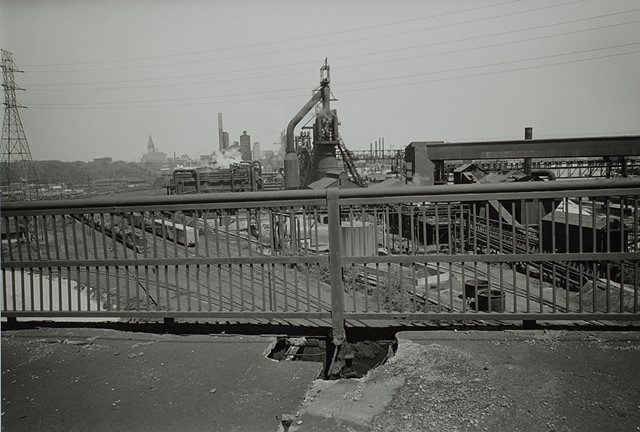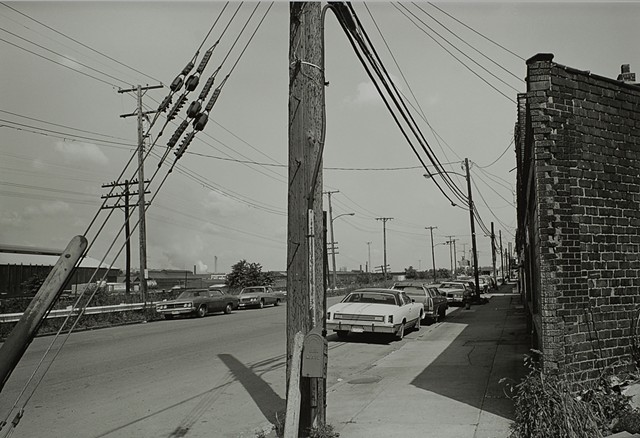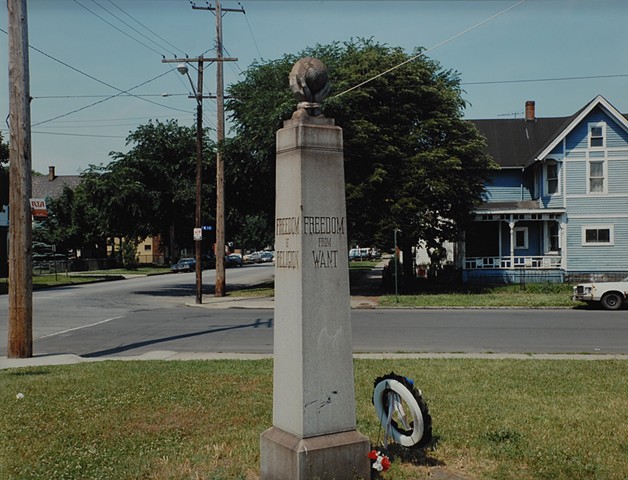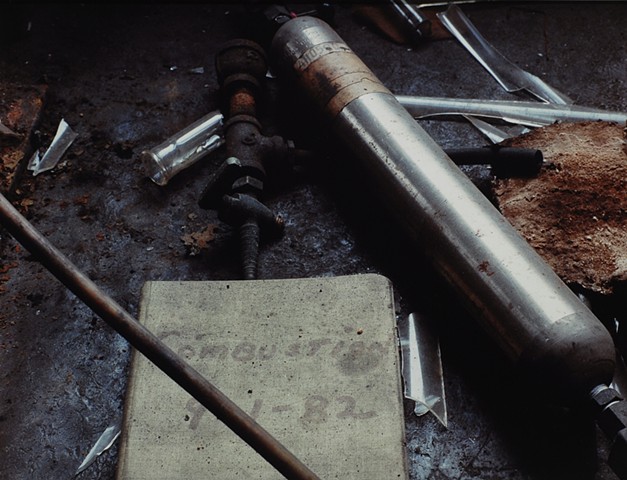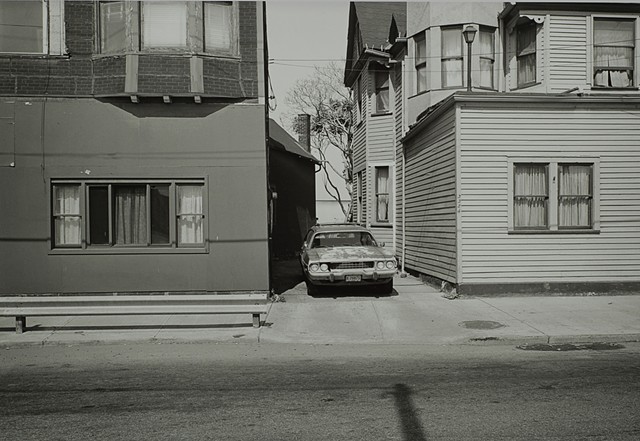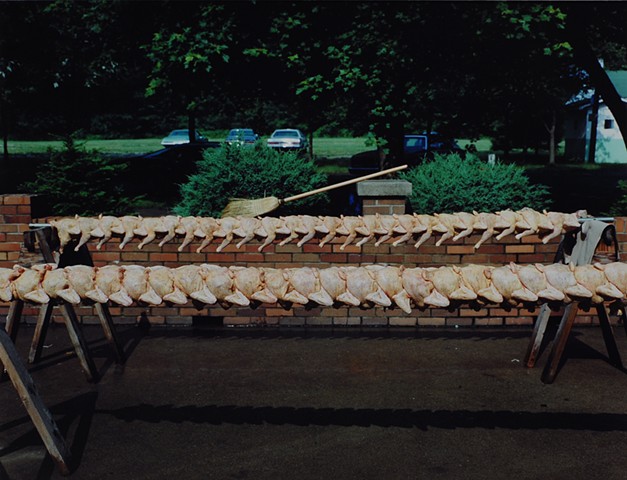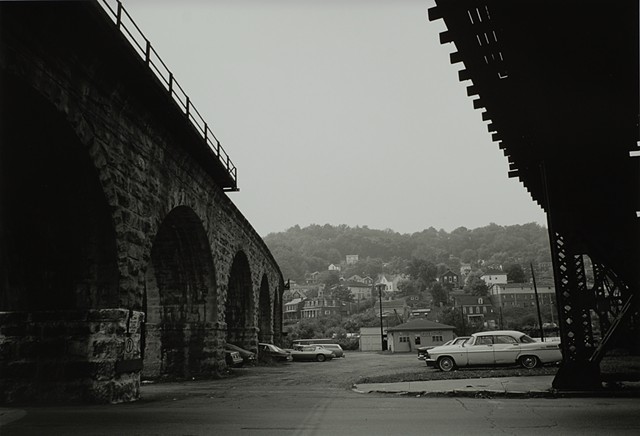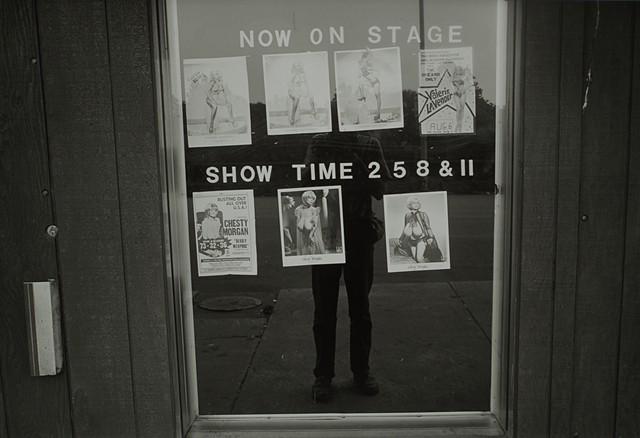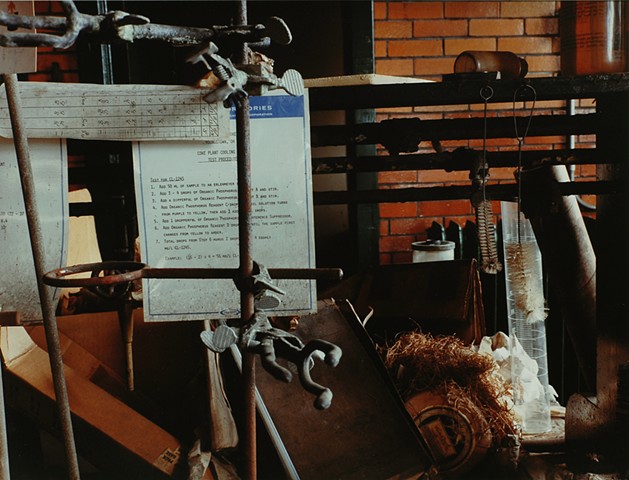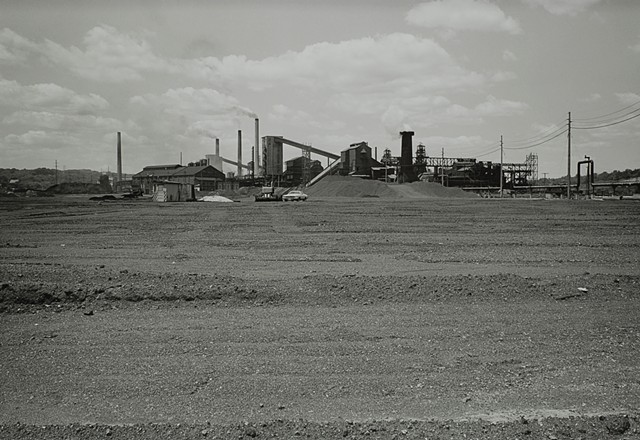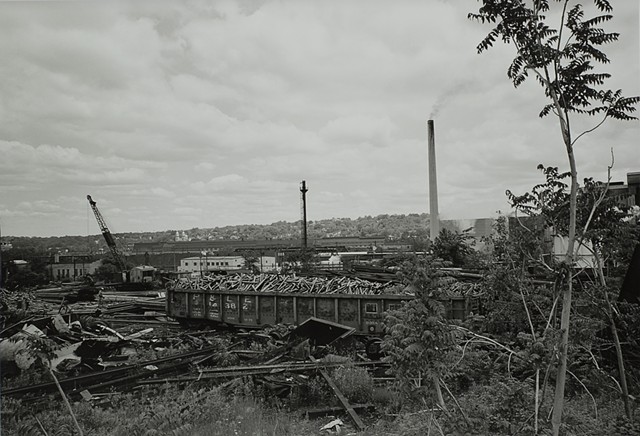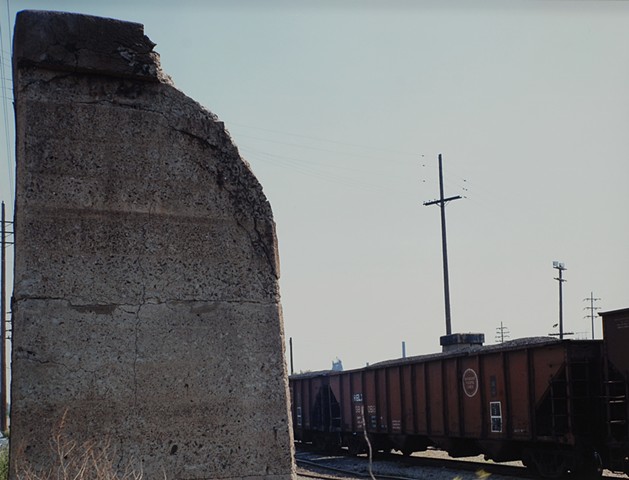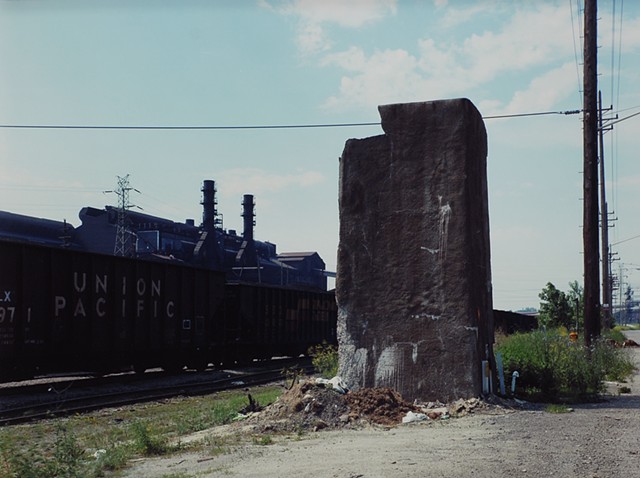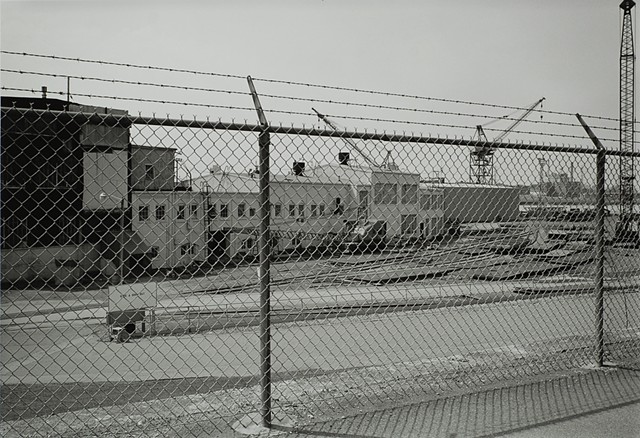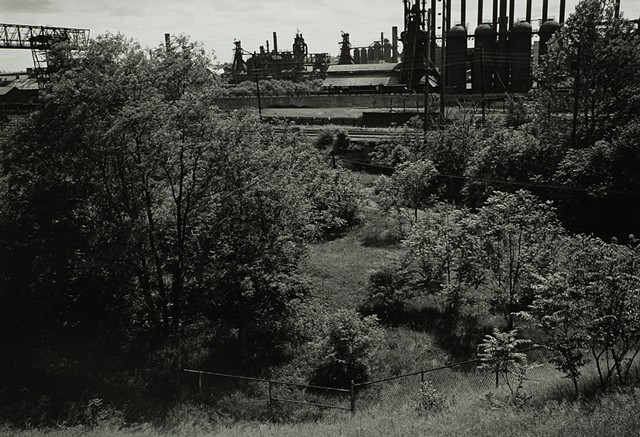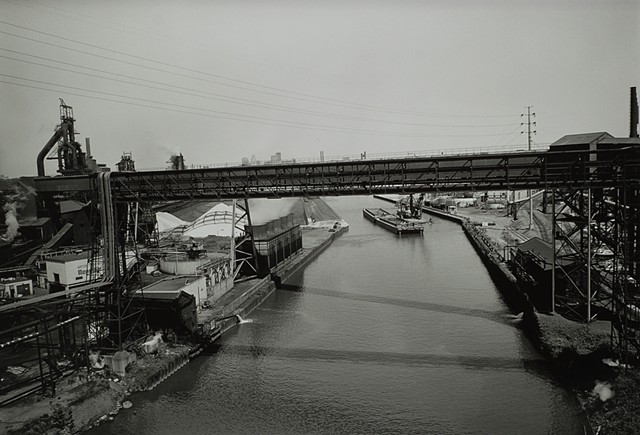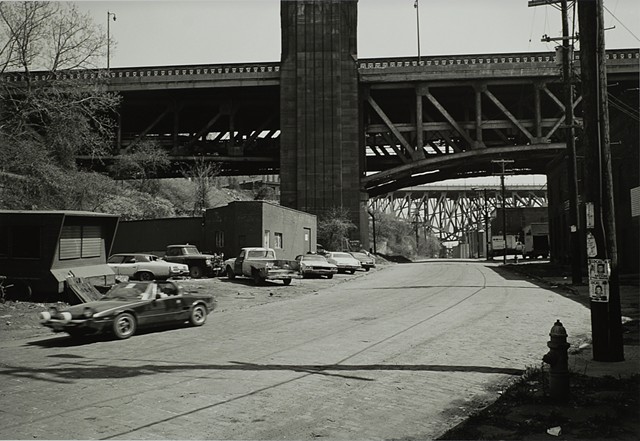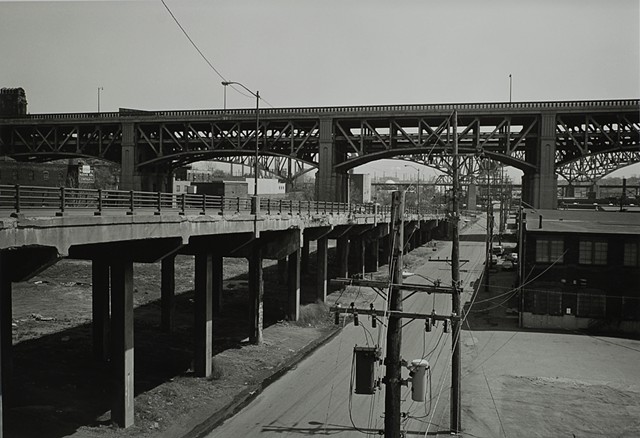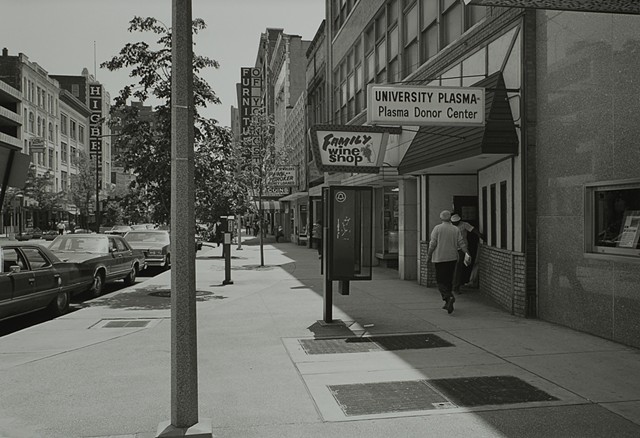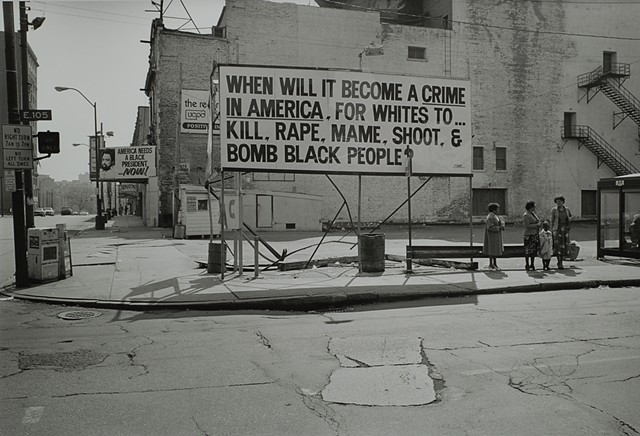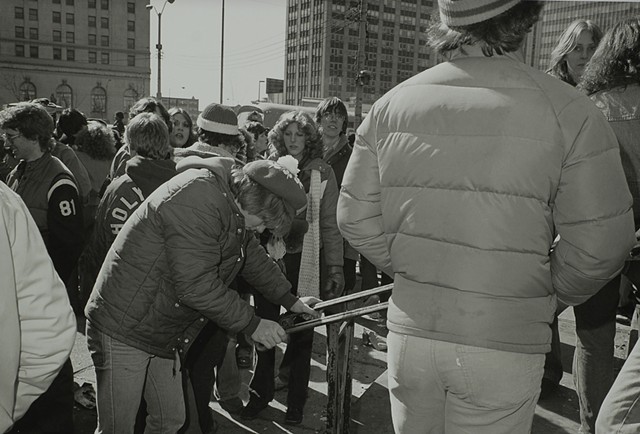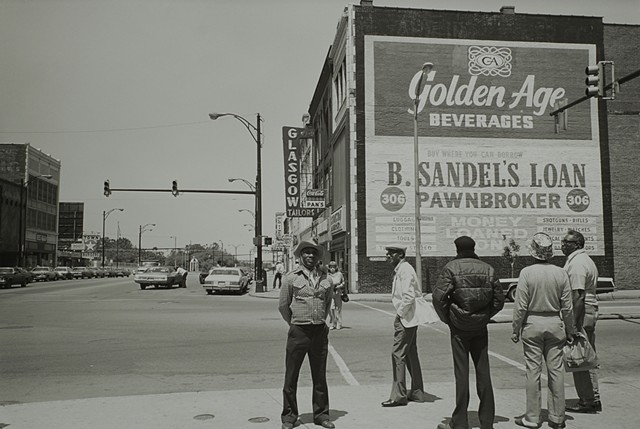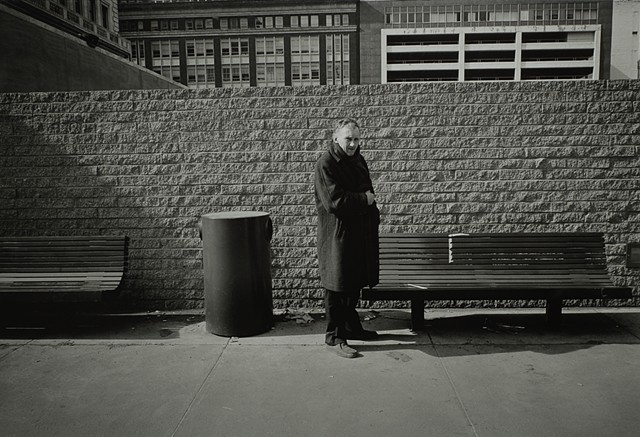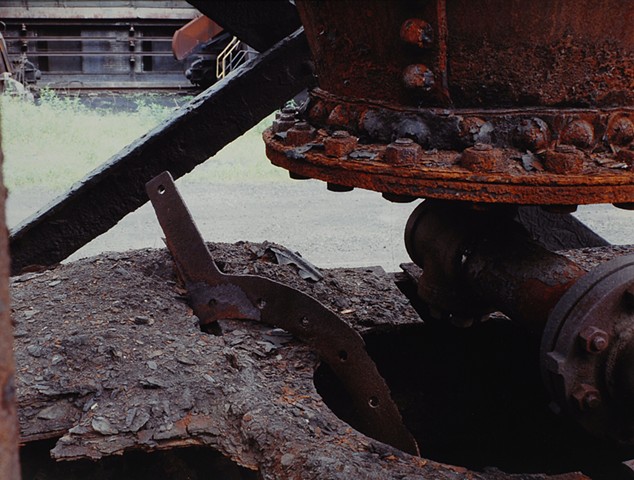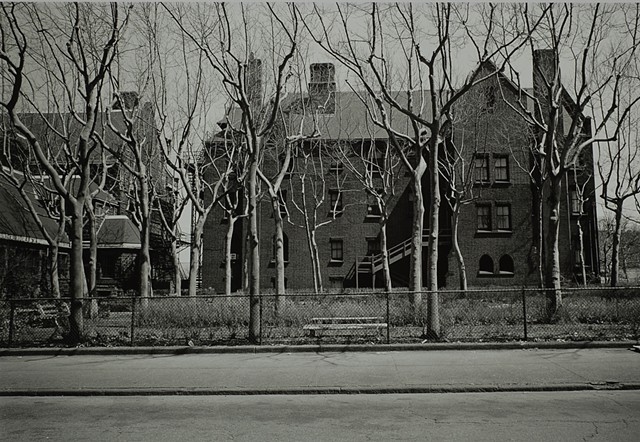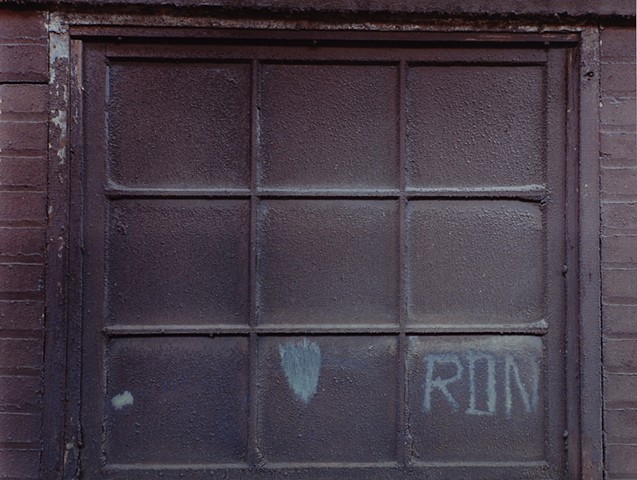Ohio
Ohio
In the 1970s the American steel industry was undergoing significant upheaval that permanently changed it. Aging production processes, a desire for labor peace and a growing use of non-metal alternatives in manufacturing were among the factors that allowed foreign steel to become more competitive in the world market. This was happening during a general recession in the country with high unemployment and economic inflation.
“Black Monday”, September 19, 1977 can be seen as a signal moment in the history of the American steel industry. On that day Youngstown Sheet and Tube abruptly announced the furlough of 5,000 employees. Other steel mills followed suit. Within a decade 40,000 steel industry jobs were lost in the Mahoning Valley. In 1979 U.S. Steel closed one of its Cleveland mills. In 1984 it closed its six remaining Cleveland mills. The two remaining steel companies, Republic Steel and Jones & Laughlin merged in 1984 to become LTV. LTV declared bankruptcy in 2000.
The steel industry gradually modernized its production processes, which resulted in the price of steel becoming more competitive but reduced the number of employees. An example from the Iron Range communities of northeastern Minnesota makes that clear. In the late 1970s there were approximately 15,000 people employed in mining. At present there are slightly more than 4,000. Today about 60% of steel produced in the United States comes from mini-mills which use scrap rather than iron ore.
